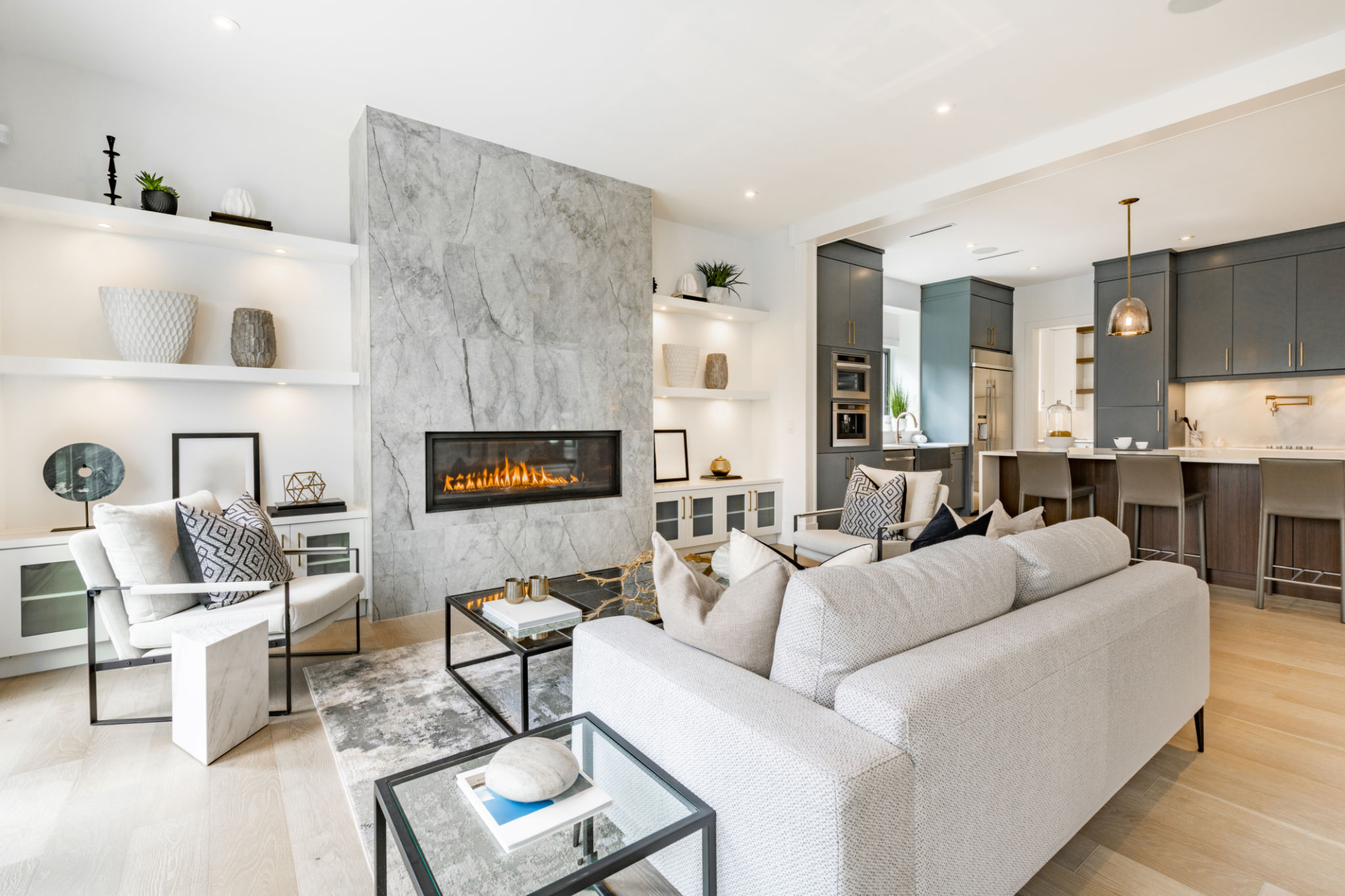Comprehensive Guide to Fireplace Installation Services
Understanding Fireplace Installation
Fireplaces have long been a centerpiece of home comfort and style, offering warmth and a cozy ambiance. However, installing a fireplace is a complex task that requires careful planning and professional expertise. Whether you're considering adding a new fireplace or upgrading an existing one, understanding the installation process is crucial.
There are several types of fireplaces to choose from, including wood-burning, gas, electric, and ethanol. Each type has its own set of installation requirements, benefits, and considerations. Selecting the right type for your home depends on factors such as your home’s architecture, budget, and personal preferences.

Choosing the Right Fireplace for Your Home
When selecting a fireplace, it's important to consider the room size, aesthetics, and fuel type. Wood-burning fireplaces provide a traditional look with real flames and sounds but require a chimney or flue. Gas fireplaces offer convenience with easy ignition and low maintenance, while electric fireplaces are versatile and can be installed in various locations without the need for a vent.
Another option gaining popularity is the ethanol fireplace, known for its clean-burning properties and contemporary design. Each type has unique features that cater to different household needs, so it's essential to assess what aligns best with your lifestyle.
The Importance of Professional Installation
Regardless of the type of fireplace you choose, professional installation is critical to ensure safety and functionality. Certified installers are knowledgeable about local building codes and manufacturer specifications, ensuring everything is up to standard. They also handle intricate tasks such as venting and gas connections, which are vital for safe operation.

Attempting a DIY installation can lead to significant safety hazards, including fire risks and carbon monoxide poisoning. Investing in professional services not only guarantees compliance with safety regulations but also provides peace of mind knowing your fireplace is installed correctly.
What to Expect During the Installation Process
The installation process varies based on the fireplace type but generally involves several key steps. Initially, a site assessment is conducted to determine the feasibility of installation and any necessary modifications. This is followed by designing the layout and selecting appropriate materials and finishes.
Once preparations are complete, the installation team will construct or modify the structure to accommodate the fireplace. This might involve creating or upgrading a chimney or venting system. The final steps include fitting the fireplace unit, connecting it to the fuel source, and testing it to ensure everything functions properly.

Maintenance and Aftercare
After installation, maintaining your fireplace is essential to prolong its lifespan and ensure it operates safely. Regular cleaning is necessary for wood-burning fireplaces to prevent creosote buildup, while gas and electric fireplaces require routine inspections of their components.
Scheduling annual maintenance checks with professionals can help identify potential issues before they escalate. These checks typically include inspecting seals, vents, and controls, ensuring your fireplace continues to perform efficiently year after year.
Conclusion
Installing a fireplace is a rewarding investment that enhances both the value and comfort of your home. By understanding the various types of fireplaces available and the importance of professional installation, you can enjoy many years of warmth and ambiance. Whether you're drawn to the crackling charm of a wood fire or the sleek convenience of an electric model, choosing wisely will provide you with a cherished home feature for generations.